Yesterday it was revealed that supermarkets will be legally required to take on much of the burden of responsibility for the state of the nation’s waistlines. With obesity costing the NHS £11.4bn each year, the buck has to stop somewhere – and, for now, it seems to be stopping firmly in the supermarket aisles.
It’s not the biggest surprise – after all, encouraging shoppers to buy fruit, vegetables and fresh food over biscuits, crisps and fizzy drinks feels like an obvious step for any retailer claiming to care about good health. What has proven controversial though, is the DHSC suggestion that supermarkets use ‘nudge’ tactics to influence how their shoppers behave in store.
No one likes being told what to do, and many consumers are vehemently against the idea their choices can be easily manipulated. The government has been accused of ‘nanny state nonsense’ – something health secretary Wes Streeting has firmly denied.
But can supermarkets really be held responsible for changing the way the nation eats?
The cost of health
The NHS proposals set out a few different ways retailers can ‘convince’ shoppers to choose peas over peanuts or chicory over chocolate, emphasising that they can use any of these methods – pricing, promotion, layout or reformulation – to get to the finish line.
But they must hit clear targets to prove they’ve done a good job (and will be fined if they miss them), making it likely that the majority of food businesses will be making the most of all the options open to them. After all, supermarkets already sell plenty of ’healthier choices’ – the problem is that people are not buying them.
Redesigning store layouts is a useful way of physically nudging shoppers towards certain products, but checkouts, aisle ends and entry displays – once prime real estate for confectionery and snacks – are already supposed to be junk food-free zones. Short of hiding the crisps and sausage rolls in a back room, there is a limit to how much more effective this can be.
With consumers still seeking out deals to get the best value possible, cutting prices, offering promotions and adapting loyalty offers (such as meal deals) remains the most popular way for retailers to attract customers. These are still the most powerful tools in a supermarket’s arsenal when guiding shoppers towards what to buy.
Reformulating deals so they only include ‘healthier options’ might cause friction at first, but it’s exactly the sort of move that will have a significant impact. Lunchtime meal deals have become something of a phenomenon in recent years, with around seven million being sold each day.
If the choices were inherently healthier, the knock-on effect could be huge.
Nudging the nation
We know nudging consumers to make healthier choices can work. It’s been tried before, when Sainsbury’s showed that by reducing the price of fruit & veg, sales soared by nearly 80%. That was in 2022, when it was billed as an example of how the food industry could help transform the nation’s diet.
Things have changed since then. Tesco has already explored using gen AI within its Clubcard loyalty scheme, using the tech to improve shopping experiences by potentially nudging customers towards making specific health choices or helping them reduce food waste.
At the time, CEO Ken Murphy said he could see Clubcard helping shoppers make the right choices, saying it had noticed the customer was eating too much salt, for example, and recommending appropriate substitutions.
Put like that, it’s not really a world away from the healthy eating or food tracker apps that many consumers use already. Although of course the difference is that people have signed up for those themselves – there are no accusations of a nanny state when tracking is a personal choice.
And then of course there is the looming shadow of how weight-loss drugs are affecting the nation’s shopping habits, with the rise of GLP-1s further disrupting supermarkets’ tried-and-tested methods of behaviour change.
“Appetite-suppressed shoppers are less responsive to visual and olfactory triggers such as the smell of baked goods or colourful packaging,” says Liberty Guild founder Jon Williams. “’Buy one get one free’ or ’2 for £3’ offers rely on over-purchasing and perceived value – but Ozempic users eat less, not more.”
It’s a salient point.
Back in 2017, The Food Foundation launched its Peas Please initiative, where Tesco, Sainsbury’s, Aldi and Lidl pledged to encourage and increase fruit & veg sales and an additional 636 million portions of vegetables were sold in the first four years. But the 2024 progress report showed the amount of veg being bought has now fallen to its lowest level in 50 years, as the cost of living crisis continues to bite for low-income families.
It’s just one of the many issues the sector faces. And although some supermarkets have been making strides in their push to promote healthy food, industry-wide efforts have largely been hamstrung by changing trends, rising prices and consumer indifference, as well as a lack of consistency.
The rapid rise in UK obesity is a crisis that needs solving. There is no easy solution, but the government’s mandate has ensured supermarkets remain on the front line -– and now, finally, they’ll also be on a level playing field.








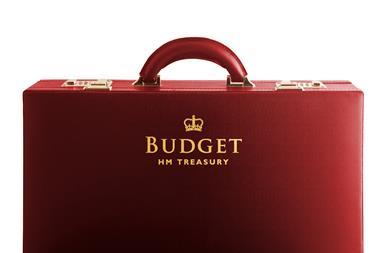
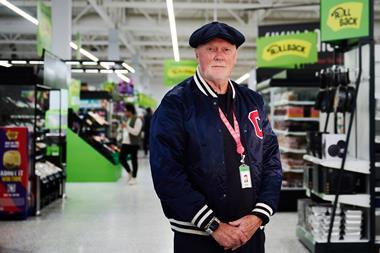

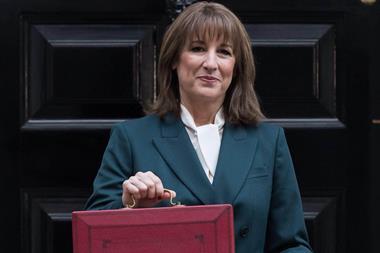
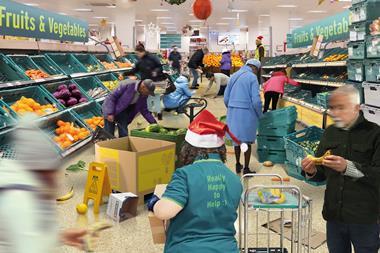
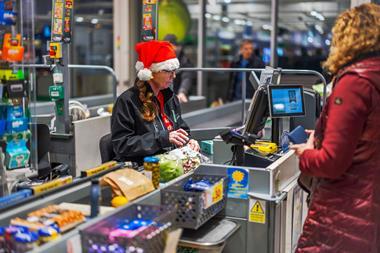

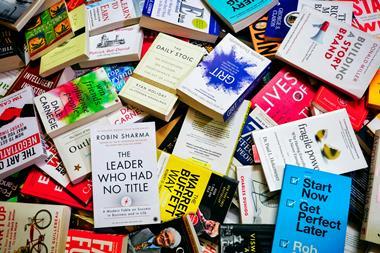

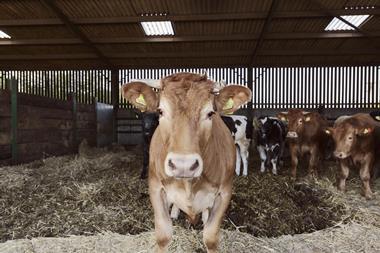

No comments yet